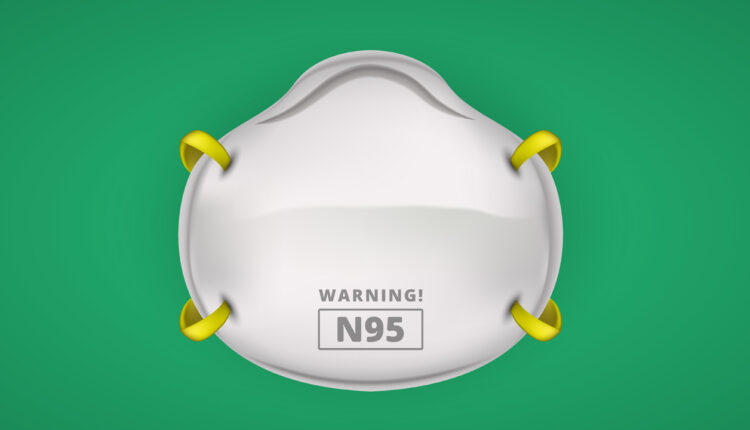 gilz / iStock / Getty Images Plus
gilz / iStock / Getty Images Plus
How to Stay Safe When You Return to Practice
| Denise M. Claiborne, RDH, PhD—assistant professor and graduate program director, Gene W. Hirschfeld School of Dental Hygiene; Old Dominion University (ODU)—and Muge Akpinar-Elci, MD, MPH—professor and chair, School of Community & Environmental Health, and director of the Center for Global Health at ODU—will be blogging for Dimensions of Dental Hygiene on COVID-19. |
The COVID-19 emerging global crisis will reshape the dental environment and how oral health professionals prepare for patient treatment. Occupational safety and health must be at the forefront of dental facilities during all forms of patient care. Because COVID-19 is a very contagious respiratory illness, it is important to be aware of the mask levels and type needed in the dental setting during any urgent dental care (or during emergency treatments). There are three types of mask levels (1, 2, and 3), which are based on the barrier level and their resistance to fluids. The United States Centers for Disease Control and Prevention (CDC) and National Institute for Occupational Safety and Health (NIOSH) recommend that all healthcare professionals who are providing patient treatment to anyone suspected of COVID-19, or performing treatment that produces aerosols should use the N95 respirator. The N95 respirator provides the optimal protection against small particle aerosols and large droplets. Click here (CDC/NIOSH Understanding the Difference) to learn more about the difference between the surgical mask and N95 respirator. Gloves and proper barrier gowns are other key components of personal protective equipment. The CDC confirms that nonsterile patient examination gloves used for routine care are appropriate for anyone suspected or confirmed to have COVID-19. In terms of barrier gowns, several resources ( CDC/NIOSH Protective Clothing ) are available on the CDC and NIOSH sites that outline the different types of gowns and advise on which is most appropriate to protect healthcare professionals from bodily fluids and bloodborne pathogens. The CDC has also provided interim guidance ( CDC Interim Infection Prevention and Control for Dental Settings) for infection prevention and control in dental settings during the COVID-19 response. Dental hygienists must remain up-to-date on these and future guidelines concerning infection prevention and control. Understanding the global health perspective of current and future infectious diseases will help dental hygienists protect their patients and themselves. As emerging global health crisis arise, patient care needs will change and dental hygienists will be prepared to meet those needs.


Thank you for all of this. I am a 73 year (young) RDH. I find that I am feeling more fearful about returning to my 2 day a week position. The office is a ‘sole practitioner’ category. The DDS has a devoted following and maintains high standards in the area of infection control and protocol. Nevertheless I find I am still fearful going forward. Am I over-reacting?
You are not over-reacting. I think we are all trying to figure out the optimal protocol for the dental setting as we move forward in this unprecedented time. The return to dental practice varies per state based on the Governor’s effective order.
Always have your PPE on. If possible do more hand scaling instead of cavitron to reduce areosol. If you have more than one operatory, move to the other for a while to let any particles settle. You are making a personal decision for you and your family. Best wishes
The N95 Respirator mentions a fit test requirement. Will dental personnel need a “training” course for N95 use and where will they be able to get “certification”?
Here are some additional resources about using N95 respirators:
University of Washington, School of Dentistry: COIVD-19 and Dental Provider (COVID-19 and the Dental Provider )
https://dental.washington.edu/continuing-dental-education/online-courses/covid-19-and-the-dental-provider/
CDC: Information on N95 Masks: https://www.cdc.gov/coronavirus/2019-ncov/hcp/respirators-strategy/index.html
Also, this is helpful about N95 respirators:
https://www.osha.gov/Publications/OSHA3767.pdf
N95 masks are prioritized by the hospitals and US Government agencies responding to COVID 19 according to Amazon. How do you suggest we purchase these masks? As of today, I am due to return to work April 22, 2020 in Texas.